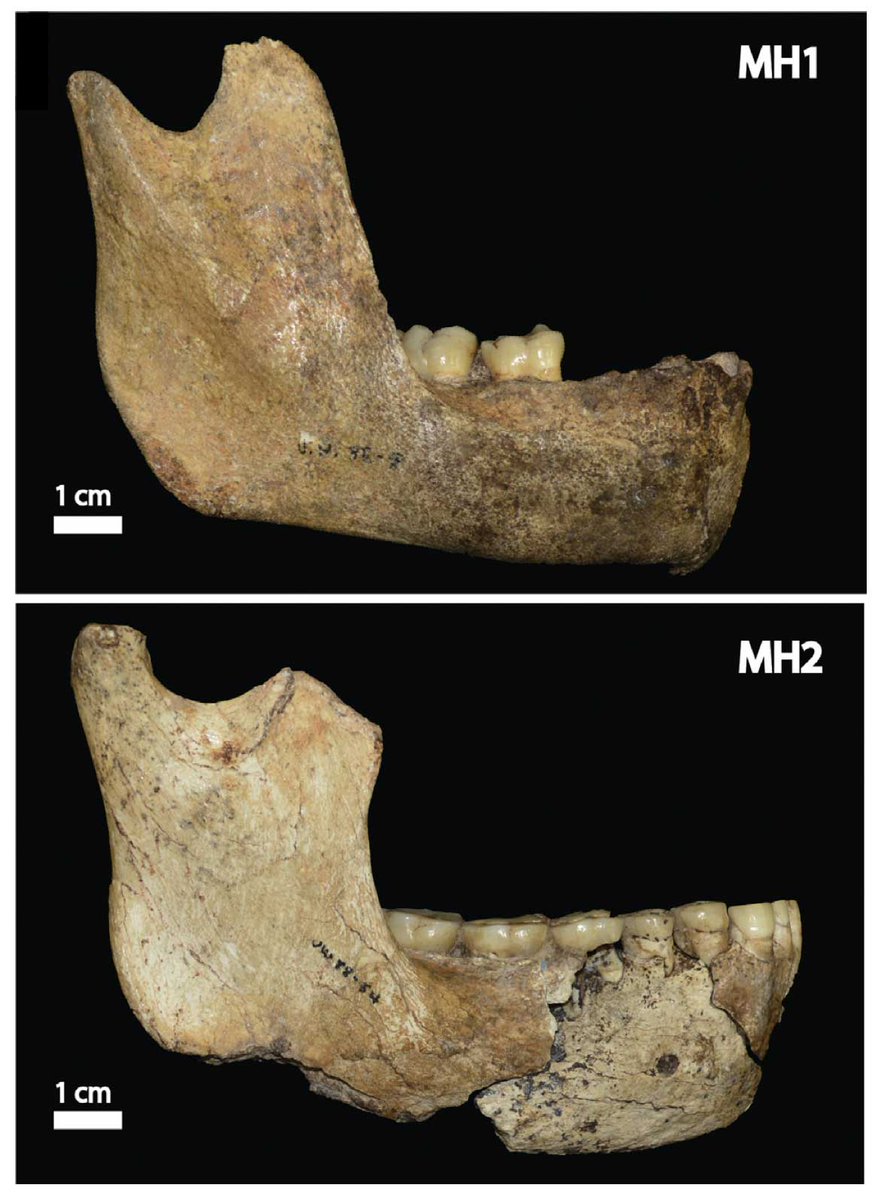
Classic paper: "Biology and Body Size in Human Evolution: Statistical Inference Misapplied" Richard Smith (1996, Current Anthropology) works through examples to show how mistaken ideas about extinct species can arise through estimation of body mass. doi.org/10.1086/204505
"[A]s of today, many inferences about fossil hominids are being made on the basis of body mass alone, and the range of uncertainty is being mostly ignored." This problem remains 25 years later.
"Finally it must be reemphasized that all of this discussion does not apply only to body mass. With the growing interest in life-history, the potential misuse of traits such as molar eruption age, sex dimorphism, and cranial capacity is clearly on the horizon."
"Although I do not wish to throw out the baby with the bathwater, it seems to me that polite pleas to throw out only the bathwater have not resulted in the spilling of even a teacup's worth."
• • •
Missing some Tweet in this thread? You can try to
force a refresh












